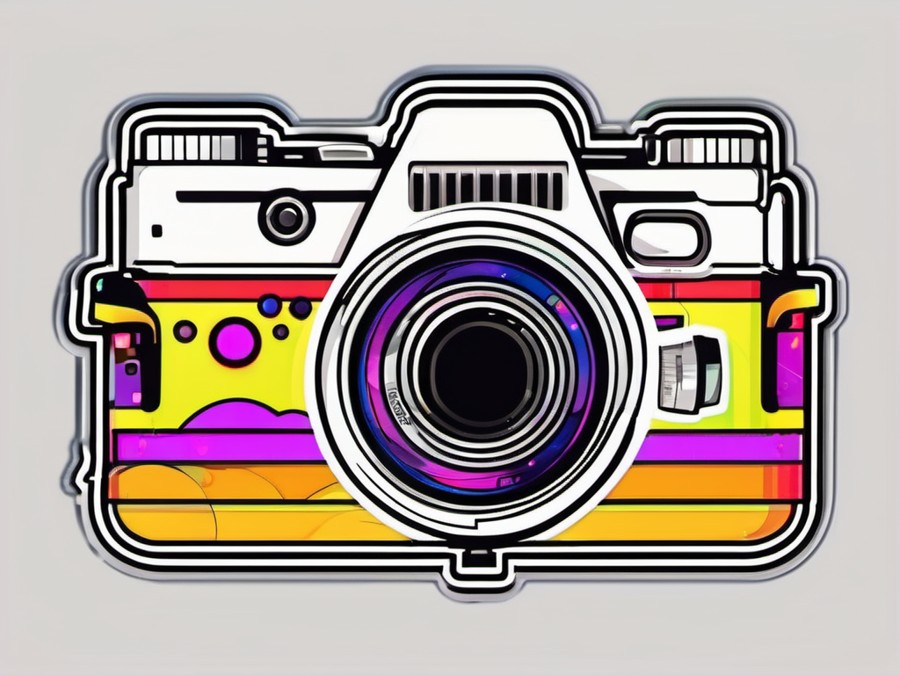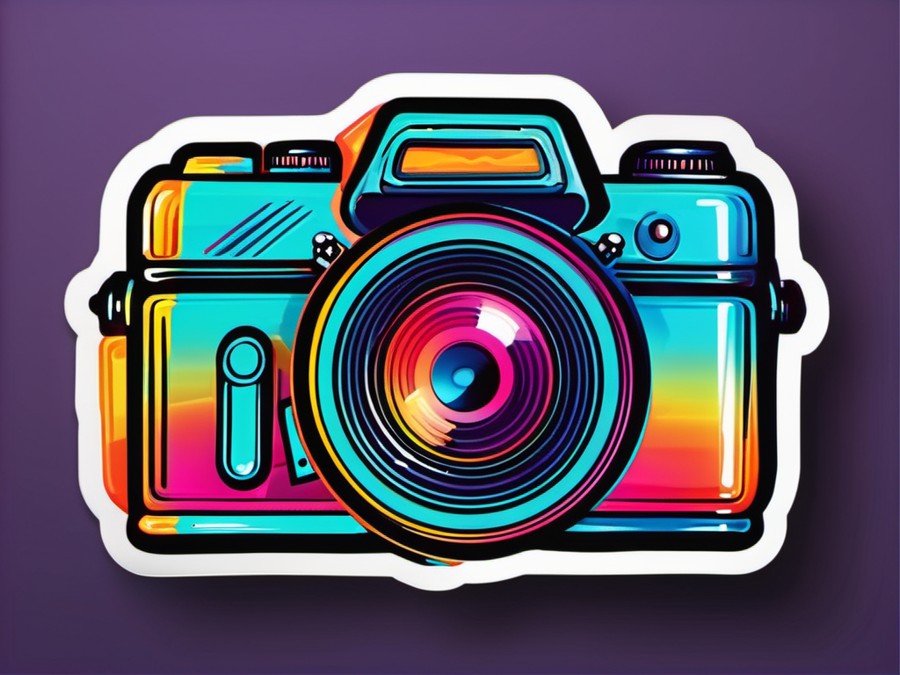· Charlotte Will · DSLR Cameras · 7 min read
What is the Best DSLR Camera for Low-Light Photography?
Discover the best DSLR cameras for low-light photography, including detailed features and tips to capture stunning images in dim conditions.

Low light photography can be a challenge, but with the right equipment, you can capture stunning images in even the darkest conditions. Finding the best DSLR camera for low-light photography is crucial to ensure you’re getting high-quality shots every time. Let’s dive into what makes certain cameras stand out and explore the top options available on the market today.
Why Low Light Photography Matters
Low light photography is essential for capturing moments that might otherwise be missed. Whether you’re shooting in the dim light of a concert venue, trying to capture the night sky, or simply want to take better photos in poor indoor lighting, having the right equipment makes all the difference.
The Challenge of Shooting in Low Light
Shooting in low light can be tricky. Cameras need to balance sensitivity (ISO) with noise and shutter speed, all while maintaining detail in the shadows. Common issues include:
- Noise and grain: High ISO settings can introduce noise, which makes the image look grainy.
- Blurred images from slow shutter speeds: In low light conditions, slower shutter speeds are often necessary, which can lead to blurred images if the camera or subject moves.
- Loss of detail in dark areas: Shadow details can be lost if the camera isn’t able to capture enough light.
Key Features to Look For
When choosing a DSLR for low light photography, consider the following features:
- High ISO Performance: The ability to shoot at high ISOs without introducing too much noise.
- Fast Lenses: Wide apertures (low f-numbers) that let in more light.
- Image Stabilization: Helps reduce blur from hand shake, especially in low light.
- Good Auto Focus System: Essential for capturing fast-moving subjects in the dark.
Top DSLR Cameras for Low Light Photography
Let’s take a look at some of the best DSLR cameras that excel in low light conditions.
1. Canon EOS 5D Mark IV
The Canon EOS 5D Mark IV is renowned for its exceptional low light performance.
Key Features
- 30.4 MP full-frame CMOS sensor
- Dual Pixel RAW for post-processing adjustments
- 61-point AF system with 41 cross-type points
- ISO range of 100–32000 (expandable to 50–102400)
- Excellent dynamic range and color accuracy
With its robust autofocus system and high ISO capabilities, the Canon EOS 5D Mark IV is a top choice for photographers who need to shoot in low light conditions.
2. Nikon D850
The Nikon D850 offers outstanding image quality and performance in low light.
Key Features
- 45.7 MP full-frame sensor
- Expeed 5 image processor for fast processing
- 153-point AF system with 99 cross-type points
- ISO range of 64–25600 (expandable to 32–102400)
- Great noise reduction at high ISOs
The Nikon D850’s impressive resolution and excellent high ISO performance make it a strong contender for low light photography.
3. Sony Alpha a7R IV
Though not a DSLR, the Sony Alpha a7R IV is worth mentioning as a mirrorless option that delivers excellent low light images.
Key Features
- 61 MP full-frame Exmor R CMOS sensor
- BIONZ X image processor for fast performance
- 567-point AF system with real-time tracking and eye autofocus
- ISO range of 100–32000 (expandable to 50–102400)
- Excellent dynamic range and color accuracy
For those open to mirrorless cameras, the Sony Alpha a7R IV offers superb low light performance and advanced features.
4. Canon EOS-1D X Mark II
The Canon EOS-1D X Mark II is a professional choice with superior low light capabilities.
Key Features
- 20.2 MP full-frame CMOS sensor
- Dual DIGIC 6+ image processors for fast processing
- 61-point AF system with 41 cross-type points
- ISO range of 100–51200 (expandable to 409600)
- Excellent autofocus system and high frame rate
The Canon EOS-1D X Mark II is ideal for professionals who need exceptional low light performance and fast autofocus.
5. Nikon D5
The Nikon D5 is another professional-grade camera that excels in low light.
Key Features
- 20.8 MP full-frame CMOS sensor
- Expeed 5 image processor for fast performance
- 153-point AF system with 99 cross-type points
- ISO range of 100–102400 (expandable to 3280000)
- Impressive noise reduction at high ISOs
The Nikon D5’s exceptional low light capabilities and advanced features make it a top choice for professional photographers.
How to Choose the Right Camera for You
With so many options, how do you choose the best DSLR for your specific needs? Consider the following factors:
1. Budget
Determine your budget and look for cameras within that price range. If you’re on a tight budget, consider looking at entry-level DSLRs or even some advanced compact cameras that perform well in low light, as discussed in What is the best point and shoot camera for low-light conditions?.
2. Experience Level
Beginners might want a camera with more automatic settings, while professionals may prefer manual controls. If you’re just starting out and wondering what DSLR is best for a beginner, check out What is the Best DSLR Camera for Beginners?.
3. Specific Use Case
Think about what kind of low light photography you’ll be doing most. For example, are you shooting landscapes at night or capturing fast-moving subjects in dimly lit environments? Different cameras excel at different tasks, so knowing your primary use case will help you make the best choice.
4. Additional Features
Consider other features that might be important to you, such as video capabilities or connectivity options. Some cameras have better in-body stabilization systems than others, which can be crucial for low light shooting.
Tips for Successful Low Light Photography
With the right camera in hand, here are some tips to help you master low light photography.
1. Use a Tripod
A tripod can help keep your shots steady, especially in low light conditions. This is particularly important for long exposures or night photography, where any camera movement can ruin the shot. You might want to consider a tripod with additional features like quick-release plates or adjustable legs if you plan on doing a lot of outdoor photography. For more insights, check out What is the Best Camera Case for Outdoor Photography?.
2. Experiment with Long Exposures
Long exposures can capture more light and create interesting effects. This technique is great for capturing the movement of stars or water, but it requires a steady hand or a tripod.
3. Use a Fast Lens
Lenses with wider apertures (lower f-numbers) let in more light. These are often referred to as “fast” lenses. For example, an f/1.8 lens will let in more light than an f/3.5 lens, allowing you to use faster shutter speeds and lower ISO settings in low light conditions.
4. Increase ISO
Increasing your camera’s ISO sensitivity can help in low light, but be cautious of introducing too much noise. Most modern DSLRs have good high ISO performance, but there’s still a limit to how much noise you can tolerate in your images.
5. Shoot in RAW
Shooting in RAW gives you more flexibility when editing your photos. RAW files contain all the data captured by the camera’s sensor, allowing you to make more adjustments in post-processing. This is especially useful for recovering detail in the shadows or reducing noise.
6. Use External Flash
An external flash can provide additional light to illuminate your subject and freeze motion. This is particularly useful for capturing fast-moving subjects in low light conditions, such as sports or wildlife photography. For more on this topic, see What is the Best DSLR Camera for Sports and Action Photography? and What is the Best DSLR Camera for Wildlife Photography?.
Conclusion
Finding the best DSLR camera for low light photography requires understanding both your needs and the capabilities of different cameras. By considering factors like ISO performance, fast lenses, image stabilization, and an effective AF system, you can make an informed decision. Whether you’re shooting indoors or under the stars, the right DSLR camera will help you capture stunning low light images.
FAQs
What is the best DSLR camera for low light photography on a budget? The Canon EOS 6D Mark II offers excellent low light performance at a more affordable price point.
Which lens is best for low light photography? Lenses with wider apertures, such as f/1.8 or f/2.8, are ideal for low light photography.
How can I reduce noise in my low light photos? Using a lower ISO and shooting in RAW can help reduce noise. Post-processing tools can also be helpful.
Is a mirrorless camera better for low light than a DSLR? Modern mirrorless cameras, like the Sony Alpha a7R IV, offer excellent low light performance and can be a good alternative. For more on this topic, see What is the best mirrorless camera for low-light photography?.
What other equipment is essential for low light photography? A tripod, fast lenses, and external flashes can be very helpful for low light photography.
Happy shooting!




